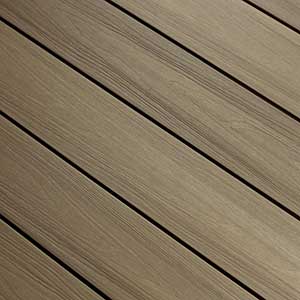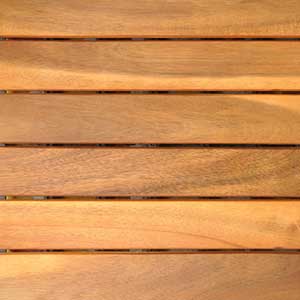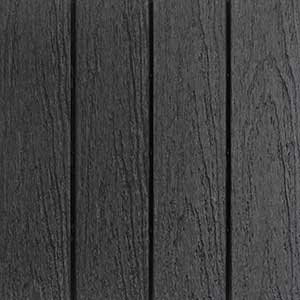Building a deck is a great project to invest in as the weather gets nicer. It’s the perfect place to have your friends and family over for a barbecue, and of course you’ll love enjoying the product of your hard work all summer. Getting started on a deck can seem overwhelming at first. All you need is a plan of what you’re envisioning, a budget for that plan, and a decision on how large you want your deck to be. Here’s everything you need to know about decking to help you plan and build a beautiful deck for your home.
Different Styles
There are
many different deck styles you can choose from. First, decide if you want a small deck for small get-togethers or a large, wraparound deck where you can host large parties. You’ll then want to decide what you want it to look like.
Size of the Deck
A determining factor for your deck will be what size you want it to be. Will this be a small deck where just you and your spouse can enjoy a nice dinner? This will also be less expensive, as fewer materials will be needed. You may prefer a large deck where you can frequently host guests. Decks can be behind the house or wrap around if the side of your yard allows. This way you’ll have room for a barbecue, tables, chairs, and more. People will also have plenty of room to stand around and mingle on your new deck.
Types of Materials
There are several different
types of material you can choose to use when building your deck. Wood is a popular option due to its wide availability and affordable price. Cedar is a good choice as it’s lightweight but strong, which you’ll want if you plan on having a high amount of traffic on the deck. The oils that occur in cedar are resistant to pesky insects so the deck won’t break down. Redwood is another material that’s common for decks, particularly on the West Coast. The color is a beautiful one that will stand out from your neighbors’ decks.
Composite is another material that’s popular. It’s quickly becoming more common than wood. Composite is made from recycled plastics and wood fibers. They’re immune to rot or insects, which can normally cost hundreds of dollars to deal with. You also won’t have to worry about the deck splintering or warping, so it’ll stay looking nice over time. This material is almost completely maintenance-free, so the hardest part is building the deck initially. As technology advances, more and more composite decks look and even feel similar to wood decks.
Price of Installation
The price of your deck will depend on how big it is. The larger the square footage, the more material will be needed. If building a deck made out of composite material, it typically averages around $1.50-$3.00 per square foot. For wood decks, the cost is similar, with the average ranging from $1.25-$3.00 per square foot. You’ll have to also account for any extras you might have, such as railings. Some decks can also have the benches built into them, so that will be extra material on top of the basic cost.
DIY vs. Hiring Help
If you’re building a simple deck, you may be able to
do it on your own. Single level decks are easier to build and take less time. You’ll want to make sure the foundation you’re building on is solid. The posts will also need to be attached correctly so the deck will be stable. If you’ll have multiple levels and features on your deck, it may be time to call in a professional. You can tell them everything you want on the deck, such as a hot tub, so they can expertly measure everything out.
Do’s and Don’ts
One of the most important parts of
building a deck is measuring everything multiple times to ensure your material will fit where you want it to. If the deck will be in the corner or by a fence, you won’t have much room for error. You’ll also want to make sure you have the correct fasteners to put the deck together, as that can make or break the stability of the deck. When using composite material, don’t overspan the decking. Look at what that specific product’s span limits are and stick to them, particularly when they’re used as stair treads.
When you’re building a deck, there are many different factors to consider. You’ll want to have a general idea of how it will look so you’ll know if it’ll be single level or multi-level. Deciding what the primary purpose for having it will determine how large it needs to be to accommodate that. The type of material you choose will determine how strong it is, the general look, and the end cost. You’ll also want to know how difficult it is to build the type of deck you want. These will ensure you have a great product in the end.
Installation
By now, you’ve made the basic plans for your deck. You’ve decided how big it’s going to be and what purpose it’ll serve. Once you’ve measured it and purchased the materials, it’s time to start actually building it. Knowing how to install your deck properly is important, whether you’re installing hardwood or
composite material. You’ll also want to think about putting some finishing touches on it to make it look nicer. Make sure to personalize it so it feels like your own. This may include buying furnishings for when guests visit and putting decorations up around the area.
Installation Tips
When
installing hardwood for your deck, you’ll want to make sure it’s properly ventilated. This will decrease the movement of the wood and increase stability. At a minimum, allow 18 inches of open air underneath the joists that have open sides to increase cross ventilation. When cutting the wood to fit your deck, make sure the planks are sealed within 24 hours. Use an end grain sealant where the wood was cut. It’s important to make sure no sealant gets on the part of the wood that will be walked on, though. If this happens, immediately wipe it off.
If you’re installing composite for your deck, you’ll want to be aware of thermal expansion. This is a problem hardwood doesn’t have, but composite does because it’s made from plastic. What this means is your deck will expand and shrink as it’s exposed to hot and cold weather throughout the year. Another problem to be aware of is mushrooming, which is where a bugle head screw pushes composite material towards the surface, leaving an unsightly bump. Use reverse-thread screws to help reduce the risk of this happening during the installation process.
Finishing Touches
Once the wood is laid down and the basic structure has been built, you can congratulate yourself. You’ve made it past the hardest part. Now you’ll need to add some finishing touches before it’s complete. This will include staining the deck to make sure it stays protected against all types of weather. When it’s outside, it’s constantly exposed to the elements, which over time can cause problems for your deck. You’ll also want to decorate your deck with chairs, tables, and anything else you’d like on it. The last touch is decorating it with smaller items, which may include flower bins or pots.
Sealing the deck is almost as important as building it correctly. Being outdoors every day in the sun and rain can quickly take a toll on it. First, test your deck to make sure sealing it will work by sprinkling water on it. If the water drops get absorbed, the deck can be sealed. When you’re ready to apply the sealant, make sure the deck is dry and clear of any debris. Apply a thin coat over the wood, making sure not to let any puddles form. Continue with the rest of the deck, making sure the sealant is applied evenly.
Personalizing Your Deck
Once the deck is built and sealed, you’re ready for the fun part. This is where you get to have your creative side shine through and
start decorating. Think back to what the purpose of your deck will be and start from there. If you’ll be entertaining guests, get a table with chairs for them to be able to relax in. You’ll need a grill if you plan on having barbecues and cooking in the warmer months. Think about where the sun is during the day and place large umbrellas in those spots so your guests are protected.
To add charm to your deck without spending much money, put a few planter boxes around it. You can either build these or buy them at a hardware store. Fill them with brightly colored flowers to liven up your deck. If you’re close to your neighbors and want some privacy, you can put up a privacy screen. This will make your deck more intimate and the screen doubles as a wind protector, too. Making an awning is another option to protect you from the elements and chatty neighbors. It’ll allow you to be outdoors comfortably during the warmer months.
Think of ways to make your deck stand out from others by adding your own touch. If you’re near the ocean and love sailing, put up nautical-themed decorations around your deck. These can include hand-painted signs in colors such as blue and white. You’ll also want to think about your lighting for when it gets dark at night. Buy a few lanterns to put around the deck for a soft glow as you and your friends enjoy the evening breeze. To add a cozy feel to your deck, invest in outdoor pillows and cushions in your favorite colors.
Maintaining Your Deck
Throughout the year, you’ll need to maintain your deck to make sure it lasts for years down the road. If your deck is starting to look a little dirty, you can use a deck cleaner to get some of the dirt and grime off. You can also reapply a sealant once it’s clean, if needed. To help preserve it, clean up any food or drink that falls on it right away. If you spill something acidic or dark in color like wine, this can end up permanently staining the wood. Clean and dry it to keep it looking nice.
Once your deck is finished, you can enjoy it year-round. Building it properly and sealing it is important, so take the time to do that correctly. After that, you can have fun personalizing it. Choose a theme and get everything to match based on that. You could also just pick out a few items that are important to you, such as a grill, chairs, and tables. Flowers in planter boxes or pots are also an easy way to add a pop of color without it being too overwhelming.
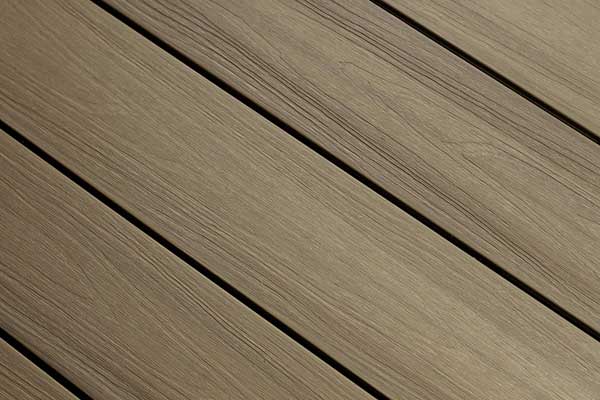
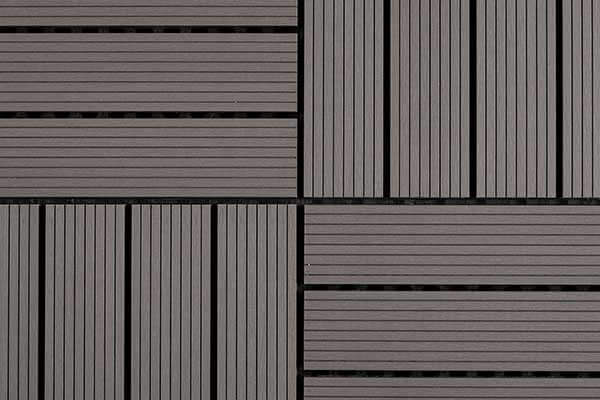
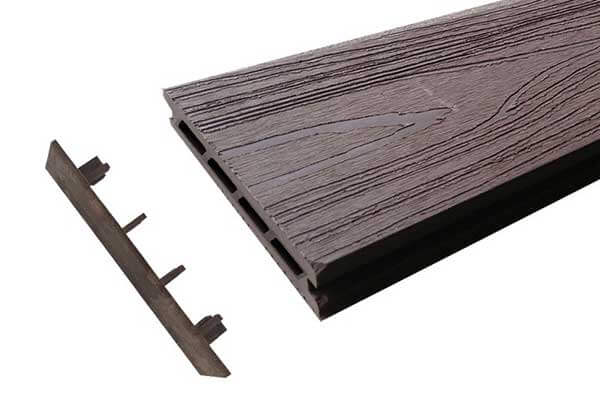
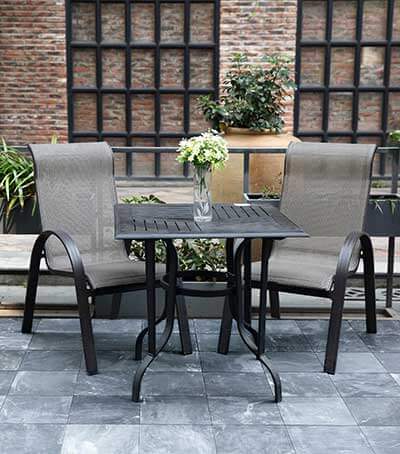
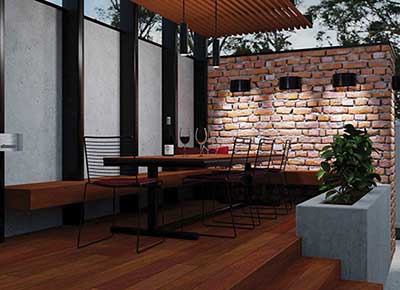

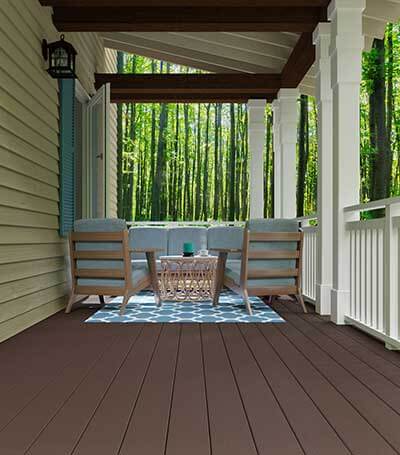
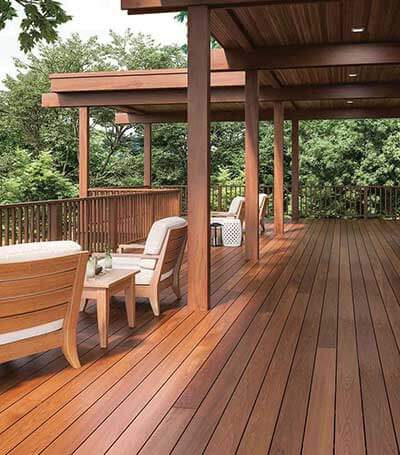

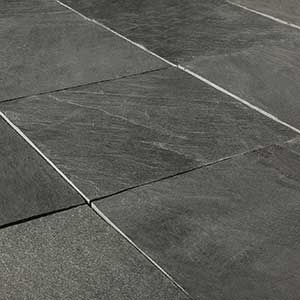
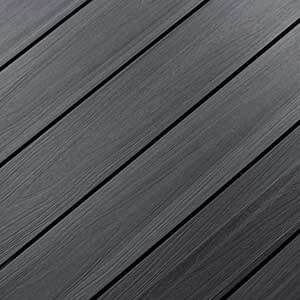
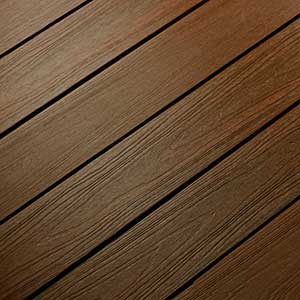
![[object Object]](png/logo-blue9b01.png)
